How Automated Box Packaging Systems Redefine Manufacturing
From smart sensors to robotic precision, automated box packaging systems are reshaping how products move from production to shipping. These intelligent systems ensure every box is formed, filled, sealed, and labeled with zero compromise — optimizing efficiency and unlocking the full potential of Industry 4.0 manufacturing.
What Is an Automated Box Packaging System?
An automated box packaging system (also called an automated case packing line) is a coordinated assembly of mechanical hardware, sensors, robots, drives, and control software that performs the full sequence of box/case forming, product loading, sealing, labeling/coding and palletizing — with minimal manual intervention.
The objective is to convert loose or collated products from the production line into correctly packed, labelled and pallet-ready cases at high speed, repeatably and traceably.
Core modules (typical)
- Case erector / case former: Automatically picks flat blanks, folds and glues/locks carton flaps to produce finished open cases. Modern erectors support multiple box sizes with quick changeover and automatic blank feed detection.
- Product inserter / loader: Transfers product into cases. This can be achieved by robotic pick-and-place (delta, SCARA, articulated) for precision and flexibility, or by mechanical pushers/transfer plates for high-speed uniform products.
- Case sealer: Closes and seals the case — tape, hot-melt glue, or tab locking. Sealers are tuned per carton board type and seal method to ensure integrity during handling.
- Labeling & coding unit: Applies shipping labels, barcodes, QR codes, or regulatory/expiry prints using label applicators and inkjet/thermal printers. Equipped with barcode verifiers and human-readable print checks.
- Inspection & verification: Vision cameras, checkweighers and metal detectors confirm correct contents, label quality, barcode readability, weight tolerance and seal integrity. Failed cases are diverted to rework lanes.
- Palletizing unit: Robotic or gantry palletizers stack finished cases on pallets according to programmed patterns. Includes pallet dispensers, stretch wrappers and pallet conveyors for dispatch readiness.
- Conveyance & accumulation: Modular conveyors (belt, roller, modular plastic), accumulation zones and diverts connect modules and buffer product to smooth flow and decouple upstream/downstream variation.
- Central control & HMI / software: PLC + HMI orchestrate timing, motion and safety. Integration layer (OPC-UA / Ethernet/IP / REST APIs) connects to MES/WMS/ERP for order control, batch traceability and production analytics.
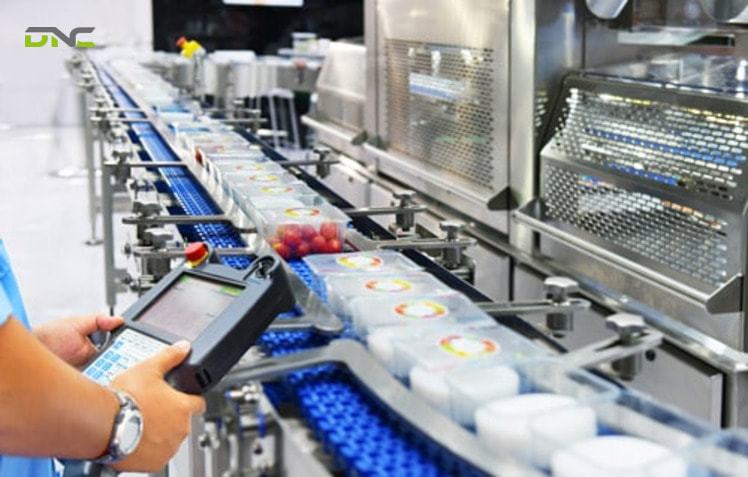
The objective is to convert loose or collated products from the production line into correctly packed, labelled and pallet-ready cases at high speed, repeatably and traceably.
How Do Automated Box Packaging Systems Work?
Below is a practical, detailed operational flow from product entry to pallet dispatch, including technologies used at each step, KPI examples and common implementation notes.
Step 1 — Product Infeed
- What happens: Finished items exit the production process and are delivered to the packaging cell. The infeed stage aligns, singulates and spaces products so downstream equipment receives consistent inputs.
- Technologies: Belt/roller conveyors, timing belts, singulators, hopper feeders, accumulation conveyors, photoelectric sensors.
- KPI / note: Target steady feed rate matching case-loading cycle (e.g., 60–120 units/min per lane). Ensure gentle handling (soft infeed) for fragile items.
Step 2 — Box Forming (Case Erecting)
- What happens: Flat case blanks are fed from magazine, erected, bottom sealed (glued/taped) and presented open for loading. Many erectors auto-adjust for multiple box sizes.
- Technologies: Pneumatic actuators, glue or tape applicators, vacuum pickers, size-change mechanisms.
- KPI / note: Case erecting reliability (target >99.5% formed correctly). Keep spare blanks and sensors for jam detection to avoid upstream stoppage.
Step 3 — Product Loading / Case Packing
- What happens: Products are loaded into the open case by robot or mechanical inserter. For mixed SKUs or fragile items, vision-guided robots pick and place into trays or cartons. For high-speed uniform products, pushers or rotary indexers may be used.
- Technologies: Delta/SCARA/articulated robots, servo-driven pick-and-place mechanisms, vision guidance (2D/3D), custom end-of-arm tooling (vacuum cups, soft grippers).
- KPI / note: Pack accuracy (target >99.5%), loading cycle time. Optimize motion paths and gripper force profiles to avoid product damage.
Step 4 — Sealing & Labeling
- What happens: Once loaded, cases are closed and sealed. Labels and product/traceability codes are printed and applied. Label verifiers check readability.
- Technologies: Tape/glue sealers, hot-melt applicators, thermal/inkjet coders, label applicators, barcode verifiers.
- KPI / note: Label accuracy and seal integrity rates. Synchronize printer data from MES to avoid mislabelling.
Step 5 — Inspection & Verification
- What happens: The system checks each case for correct contents, correct count/weight, label barcode readability, and package integrity. Faulty cases are automatically diverted for rework.
- Technologies: Vision inspection (OCR/code scanning), checkweighers, metal detectors/X-ray (if required), defect detection cameras.
- KPI / note: Reject rate (monitor root causes), false positive/negative rates. Ensure feedback loop to upstream process for corrective action.
Step 6 — Palletizing & Wrapping
- What happens: Verified cases are grouped into pallet layers following optimized patterns (software computes best layout for stability and pallet density). Robotic or gantry palletizers place layers on pallets; stretch wrappers secure the pallet.
- Technologies: Robotic palletizers (articulated/gantry/cobot), layer formers, pallet dispensers, stretch wrappers, pallet conveyors.
- KPI / note: Pallets/hour, pallet stability metric. Consider anti-slip interlayers or strapper integration for heavy loads.
Step 7 — Dispatch Handover & Conveyor Integration
- What happens: Completed pallets are transferred to staging, cold storage or directly loaded to trucks. The packaging line communicates shipment and inventory status to WMS/TMS.
- Technologies: Conveyor networks, divert gates, barcode/RFID gate readers, MES/WMS/TMS integration via API/OPC.
- KPI / note: Dock-to-dispatch latency, data sync accuracy. Ensure pallet ID and shipment manifests are linked for traceability.
Step 8 — Control, Data & Safety
- What happens: PLC/industrial PC and HMI coordinate the entire line, collect telemetry (counts, rejects, downtime), and display KPIs (OEE, throughput). Safety systems protect operators and allow safe intervention. Predictive maintenance alerts can be derived from motor temps, vibration and belt tension sensors.
- Technologies: PLC + HMI / SCADA, safety PLC, OPC-UA/MQTT, IoT gateways, cloud analytics, vibration/thermocouples for predictive maintenance.
- KPI / note: OEE, MTTR, MTBF, alarms per shift. Implement role-based HMI screens for operators and engineers.
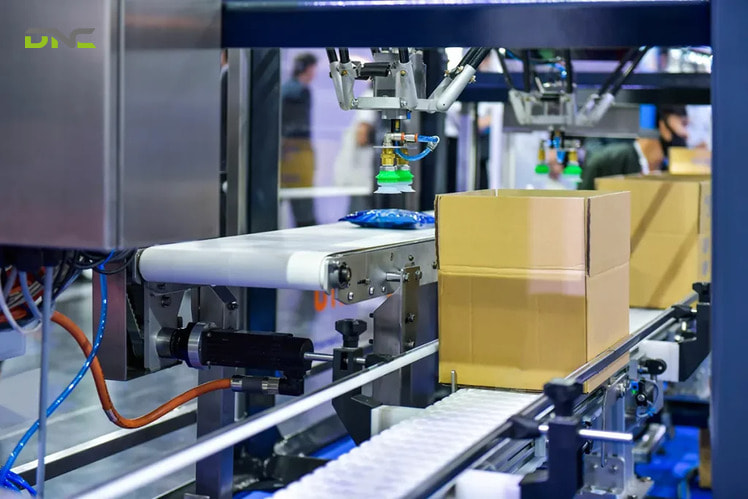
How Do Automated Box Packaging Systems Work
Automated vs. Manual Packaging — What’s the Real Difference?
The following table compares manual packaging and automated box packaging systems across key operational criteria. It highlights the performance, efficiency, and scalability gaps that modern manufacturers face when relying solely on manual labor.
| Criteria | Manual Packaging | Automated Box Packaging |
| Speed | 10–20 boxes per minute (operator-dependent) | 60–150 boxes per minute (continuous cycle) |
| Labor Requirement | High — multiple operators required per shift | Minimal — one operator can oversee multiple machines |
| Consistency | Variable; subject to fatigue and human error | Highly consistent with repeatable machine precision |
| Cost Efficiency (Long-term) | Low ROI due to labor and rework costs | High ROI through labor savings and minimal product waste |
| Traceability | Manual records and paperwork | Real-time data tracking via sensors and software integration |
| Scalability | Limited by manpower and space | Easily expandable by adding modules or parallel lines |
| Quality Control | Manual inspection only | Automated vision and weight verification |
| Safety & Ergonomics | Prone to repetitive strain injuries | Minimizes manual lifting and hazardous motions |
What Are the Key Benefits of Automated Box Packaging Systems?
Automation in packaging isn’t just about faster output — it’s about smarter operations. From reducing costs and improving accuracy to enhancing traceability and workplace safety, automated packaging systems deliver a host of advantages that directly impact your bottom line.
- Increased Throughput and Productivity: Automated systems operate continuously at high speeds, ensuring consistent cycle times without fatigue. Through coordinated motion control and intelligent buffering, they can significantly increase overall equipment effectiveness (OEE) and throughput per shift.
- Cost Savings: Though the initial investment is higher, automation quickly pays back through reduced labor costs, lower error rates, and minimal product rework. Energy-efficient motors and smart drives further reduce operating expenses.
- Enhanced Accuracy and Product Protection: Precision in folding, sealing, and labeling minimizes packaging errors and ensures every product is shipped in perfect condition. This reduces damage claims and enhances brand trust.
- Improved Traceability and Compliance: IoT sensors, barcode/RFID tracking, and software integration enable real-time data capture — vital for regulatory compliance, quality audits, and recall management across industries such as food, pharmaceuticals, and electronics.
- Better Ergonomics and Safety: Automation minimizes repetitive and heavy manual work, lowering the risk of workplace injuries. Operators focus on supervision, not physical strain.
- Adaptability and Flexibility: Modern systems support multiple SKUs, packaging formats, and product dimensions through recipe-based or fully automatic changeovers. This flexibility is essential for businesses managing short runs or frequent design changes.
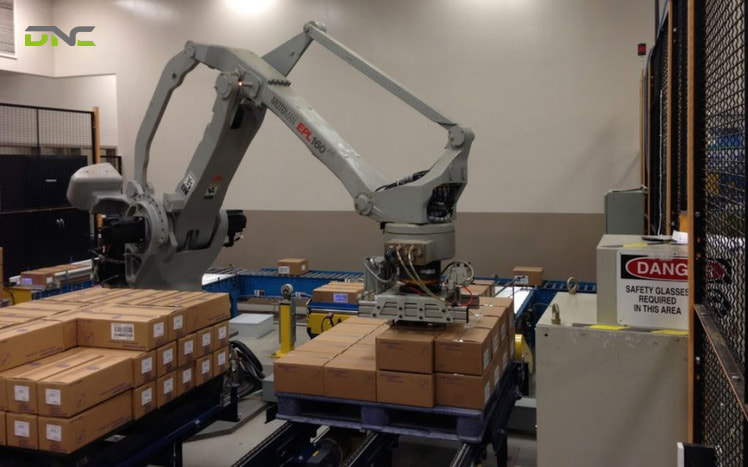
Benefits of Automated Box Packaging Systems
What Are the Common Challenges When Implementing Packaging Automation?
- High Upfront Cost and ROI Justification: While automation improves ROI long-term, justifying the capital expenditure requires careful cost-benefit analysis. ROI typically ranges between 12–36 months, depending on labor savings and production volume.
- Space Planning and Line Layout Design: Automated systems need structured layouts for conveyors, robots, and safety zones. Early planning ensures optimal material flow and avoids bottlenecks.
- Integration with Legacy Equipment and ERP/WMS Systems: Compatibility with existing production lines, conveyors, or management software can pose technical challenges. Open communication protocols (OPC-UA, Modbus, Ethernet/IP) are key to seamless integration.
- Operator Training and Safety Compliance: Transitioning from manual to automated processes requires operator retraining on HMI systems, safety procedures, and basic troubleshooting.
- Local Service and Spare Parts Availability: To ensure minimal downtime, choose automation partners with local support teams, spare part stock, and rapid response service across your region.
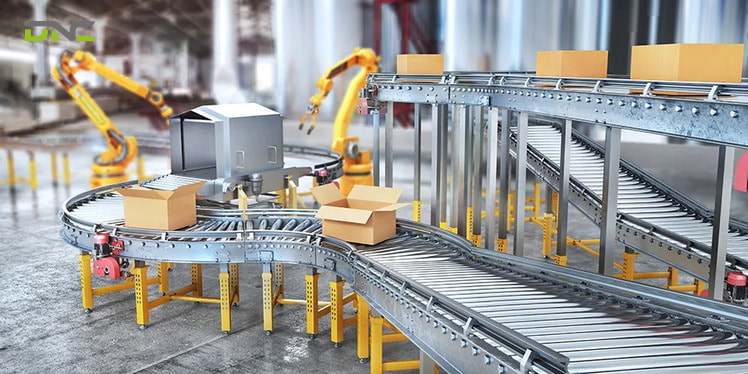
Challenges When Implementing Packaging Automation
Why Partner with DNC Automation for Your Box Packaging Solution?
With over 10 years of experience in end-of-line automation, DNC Automation has delivered customized packaging systems for top manufacturers in Malaysia and across Southeast Asia.
- Comprehensive Turnkey Solutions: From concept → design → installation → after-sales support, DNC provides complete project management to ensure smooth implementation and system reliability.
- Expertise in Robotic & Conveyor Integration: DNC engineers specialize in robotic case loading, box sealing, labeling, and conveyor optimization — ensuring synchronized, high-performance packaging flow.
- Local Engineering & Support Team: With service centers strategically located throughout Malaysia, DNC guarantees quick response times, spare part availability, and 24/7 technical support.
- Trusted by Leading Brands: DNC’s packaging solutions are deployed across FMCG, healthcare, logistics, and manufacturing sectors — ensuring high ROI and minimal downtime for every client.
- 6 views
- 0 Comment



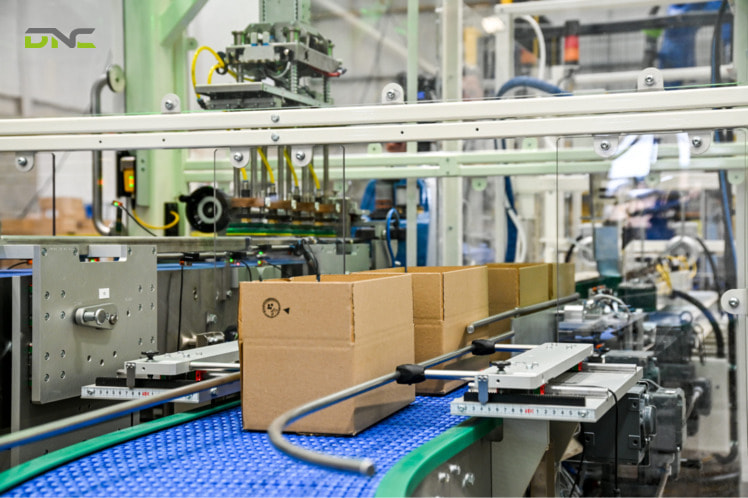
Recent Comments